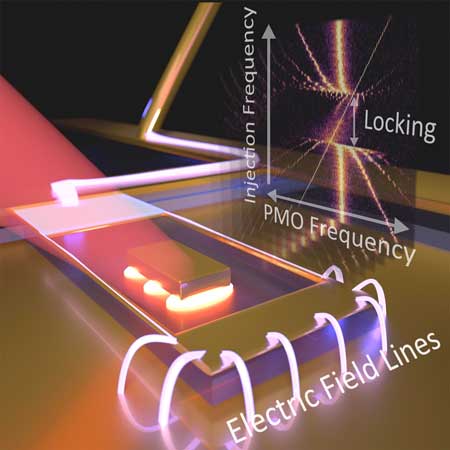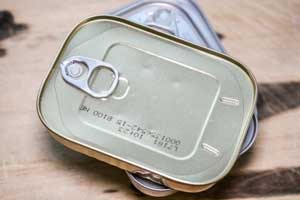
Monday, April 9, 2018
Food packaging could be negatively affecting nutrient absorption in your body
Nanoparticles in food packaging could be negatively affecting the way in which your digestive tract operates.
Bloodless nanotechnology diabetes monitor draws fluid across a single hair follicle
Scientists have created a non-invasive, adhesive patch, which promises the measurement of glucose levels through the skin without a finger-prick blood test.
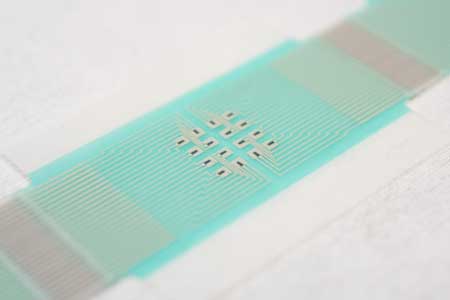
High efficiency solar power conversion allowed by a novel composite material
A composite thin film made of two different inorganic oxide materials significantly improves the performance of solar cells.

Latest nanowire experiment boosts confidence in Majorana sighting
New test matches theory and offers the best evidence yet for the oddball particles.
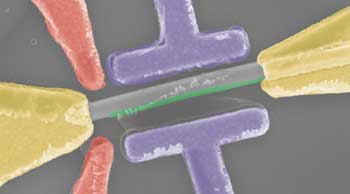
A new way to atomically thin materials
Silicon secedes: titanium carbide flakes obtained by selective etching of titanium silicon carbide.
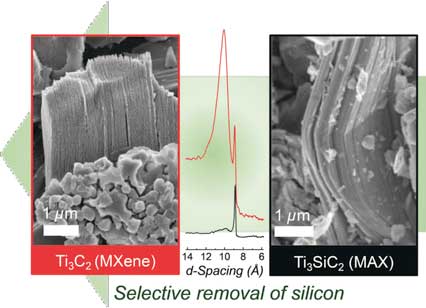
Nanotechnology research team advances to final round of the Carbon XPRIZE
The C2CNT project aims to convert carbon dioxide to carbon nanotubes on a massive scale to impact climate change.

Solid research leads physicists to propose new state of matter
The term 'superfluid quasicrystal' sounds like something a comic-book villain might use to carry out his dastardly plans. In reality, it is a new form of matter proposed by theoretical physicists.
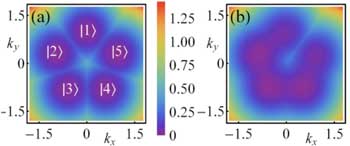
Iridescent photonic cellulose, mimicking the structural color of insects, with optical applications
A new study describes, for the first time, the technique to provide structural coloration on a cellulose derivative through its nanostructuration.
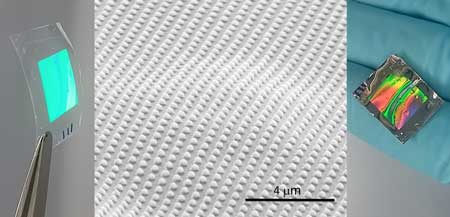
Ultra-powerful batteries made safer, more efficient
Team aims to curb formation of harmful crystal-like masses in lithium metal batteries.
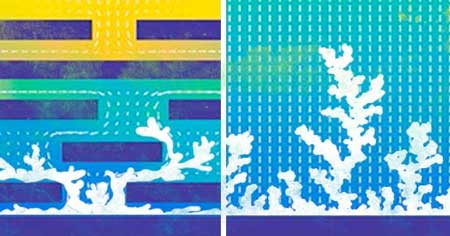
Tiny nanomachine successfully completes test drive
Scientists have used nanostructures to construct a tiny machine that constitutes a rotatory motor and can move in a specific direction. The researchers used circular structures from DNA.
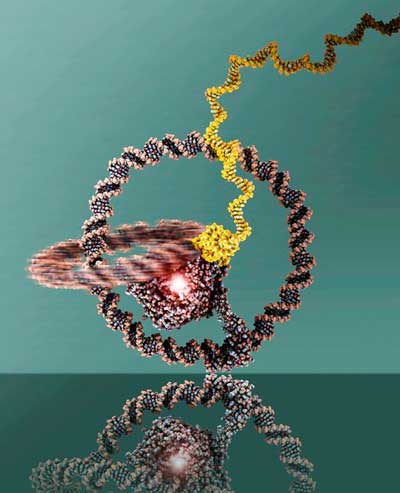
Printed thermo-plasmonic heat patterns for neurological disorder treatment
Researchers have presented a highly customizable neural stimulation method. They developed a technology that can print the heat pattern on a micron scale to enable the control of biological activities remotely.
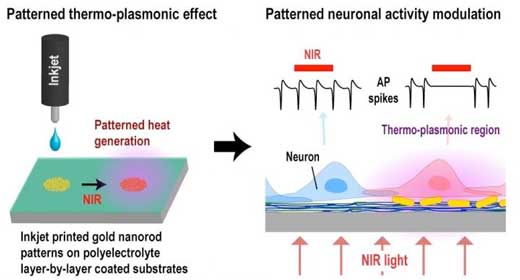
Gold changes the photoluminescence of silicon quantum dots
Scientists have demonstrated that applying gold stripes to a sample with silicon quantum dots modifies the dots' properties.
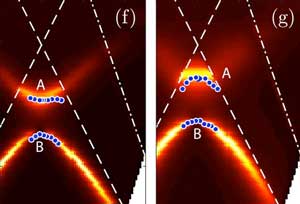
Enhancing light-molecule interactions via crystal lattice vibrations
Researchers demonstrate a new way to strongly couple infrared light and molecular vibrations, by utilizing phonon polariton nanoresonators made of hexagonal boron nitride, a Van der Waals material.
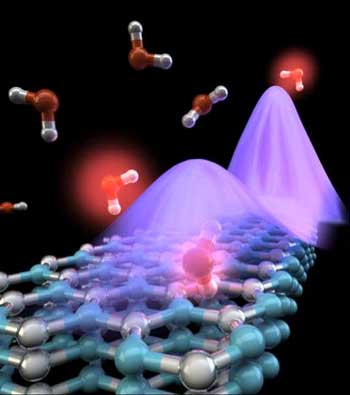
Nanostructured alloying with oxygen
Scientists have analysed in-situ copper-iron alloys during annealing to find out when and how oxide is formed and how it can be used to strengthen nanocrystalline materials.
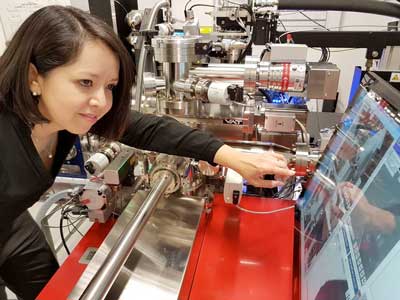
Vehicle particle pollution under the nano-microscope
A EU project is developing a way of measuring polluting particles smaller than 23 nanometres - the smallest size covered by current legislation.
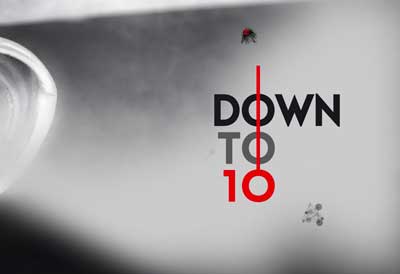
Subscribe to:
Comments (Atom)

